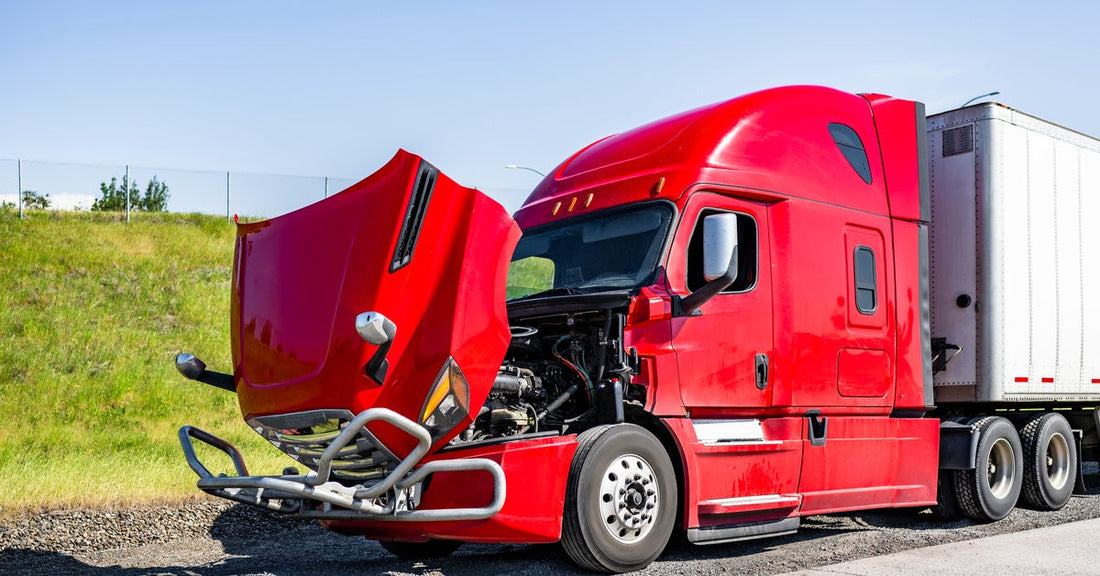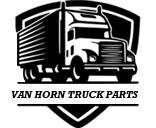
A Look at the DOT Approval Process and Why It’s Important
From complying with safety regulations to avoiding costly penalties, understanding DOT requirements is important for trucking companies and fleet managers aiming to stay on the right side of the law. Whether you're new to the industry or looking to streamline your current process, learn more about the DOT approval process and why it’s important to build a safer and more efficient operation.
What DOT Compliance Is
DOT stands for the Department of Transportation. This federal agency oversees transportation systems in the United States, with one of its key priorities being the regulation of commercial vehicles. Its mission includes everything from improving roadway safety to enforcing regulations that reduce accidents associated with heavy trucks.
DOT compliance creates safety protocols for the trucking and transport industry. It consists of regulations established by the Department of Transportation to promote road safety for both commercial vehicles and the general public.
Who Needs a DOT Number?
Any company that owns commercial trucks or buses weighing over 10,000 pounds or operates vehicles that transport hazardous materials or passengers across state lines must have a DOT number. This unique identifier enables the DOT to regulate and monitor safety compliance for your operations.
Compliance with DOT regulations protects your business, your drivers, and public safety. It proves that your vehicles are roadworthy, drivers are well-qualified, and operational procedures meet federal safety standards. Noncompliance can lead to severe consequences, such as substantial fines, operational suspensions, or safety risks to your drivers and others on the road.
Understanding the DOT Approval Process

Unlike other safety regulations for building codes or safety training, the DOT registration and renewal process requires an extensive application process for approval. Each stage of the approval process examines your business’ safety and operational standards and assesses what changes must be made for compliance.
Application Requirements
The first step in obtaining DOT approval is meeting all the registration and document requirements for your application. You’ll need to register for a DOT number through the Federal Motor Carrier Safety Administration’s (FMCSA) website. This process includes providing details about your fleet, the type of cargo you transport, and how your operations align with safety protocols.
Applicants must also secure the appropriate level of insurance coverage based on their operational scope. Demonstrating financial responsibility reassures regulatory bodies that your business will address any safety-related incidents that may arise.
Vehicle Inspection
A thorough review of your fleet proves that your vehicles meet all safety requirements. From brake functionality to tire conditions and lighting systems, everything must adhere to specific benchmarks set by the DOT. If your vehicle needs additional repairs, install durable commercial truck parts from Van Horn Truck Parts to remain compliant with your local regulations.
Safety Rating
The final step of the process involves the issuance of a DOT safety rating. This rating determines how well your operations comply with federal safety standards. Professionals will reward businesses that maintain exemplary adherence with a Satisfactory rating, setting them apart in the industry.
The Consequences of Noncompliance
It is important to remain compliant and to renew your DOT number when necessary to abide by your local and national guidelines. One reason the DOT approval process is important is because noncompliance can impose significant harm to your business and long-term profitability. Keep these issues in mind to avoid any complications during your approval process.
Financial Risks of Noncompliance
Failing to meet DOT regulations can expose your business to unexpected financial hardships. These risks include increased insurance premiums, lost contracts, and additional expenses to rectify compliance issues. Proactively addressing compliance can save your business from unnecessary financial strain.
Business Disruption
Regulatory violations can lead to operational chaos, from delayed shipments to workforce downtime. These disruptions can directly affect customer relationships and long-term growth. Prioritizing compliance provides smoother operations and minimizes risks to your supply chain and productivity.
Rebuilding Trust and Reputation
Noncompliance can erode trust with clients, partners, and stakeholders. Rebuilding a damaged reputation takes time and resources that could be better spent on growth. By maintaining compliance, your business can uphold its credibility and position itself as a reliable industry leader.
Preparing for a DOT Audit
If you have a DOT audit scheduled for your company, prepare your team and your vehicles for inspection. Being prepared reduces stress and limits any interruptions in operations. Before a specialist conducts the audit, retrieve the necessary documents, and schedule routine maintenance to expedite the process.
Recordkeeping
Accurate recordkeeping will make your approval process accessible and manageable. Maintain detailed records of driver hours, vehicle maintenance, and inspection results. Having systematic and up-to-date documentation demonstrates your commitment to compliance and efficiency.
Vehicle Maintenance
Preventive maintenance keeps your fleet compliant and operational, even during nonrenewable periods. Regularly schedule and document inspections to resolve any underlying issues promptly. Carefully assess brakes, tires, suspension systems, and other significant components during every service check.
Driver Qualifications
Aside from your vehicles, driver compliance is equally important. Verify that every driver in your fleet has the proper endorsements and meets health and safety requirements necessary to operate the vehicle. Maintain up-to-date driver qualification files, including medical evaluations, licenses, and training records for easy reference during an audit.
Common DOT Violations and How To Avoid Them

While you may have all your paperwork in order, there is still a chance that you may be missing vital information as part of the process. Avoiding frequent violations protects your business reputation and minimizes potential risks to your drivers and fleet operations.
Hours of Service Violations
Hours of service (HOS) regulations dictate the maximum time a driver may operate a commercial vehicle without rest. Without records showcasing compliance, this could lead to a violation of your approval status. Keeping accurate logs and using electronic logging devices (ELDs) adheres to these legal guidelines and prevents fines.
Vehicle Maintenance Violations
A poorly maintained vehicle poses severe risks and frequently results in violations. Routine inspections should include assessing every component to avoid any complications in transit. Having robust maintenance schedules goes a long way in preventing issues.
Driver Qualification Violations
Unqualified drivers can lead to severe consequences. Before sending your drivers to their next transit operations, perform rigorous training and certification classes for your staff. Regular performance assessments further reinforce your adherence to safety standards.
Attaining and maintaining DOT compliance will keep your trucking company competitive and trustworthy in today’s market. By understanding the approval process, addressing common violations, and continually improving your operational standards, you can protect your business from risks and secure a reputation for excellence.
If you need additional support and parts for your fleet, browse our semitruck components at Van Horn Truck Parts. For more information regarding our collection, get in touch with our team today.

